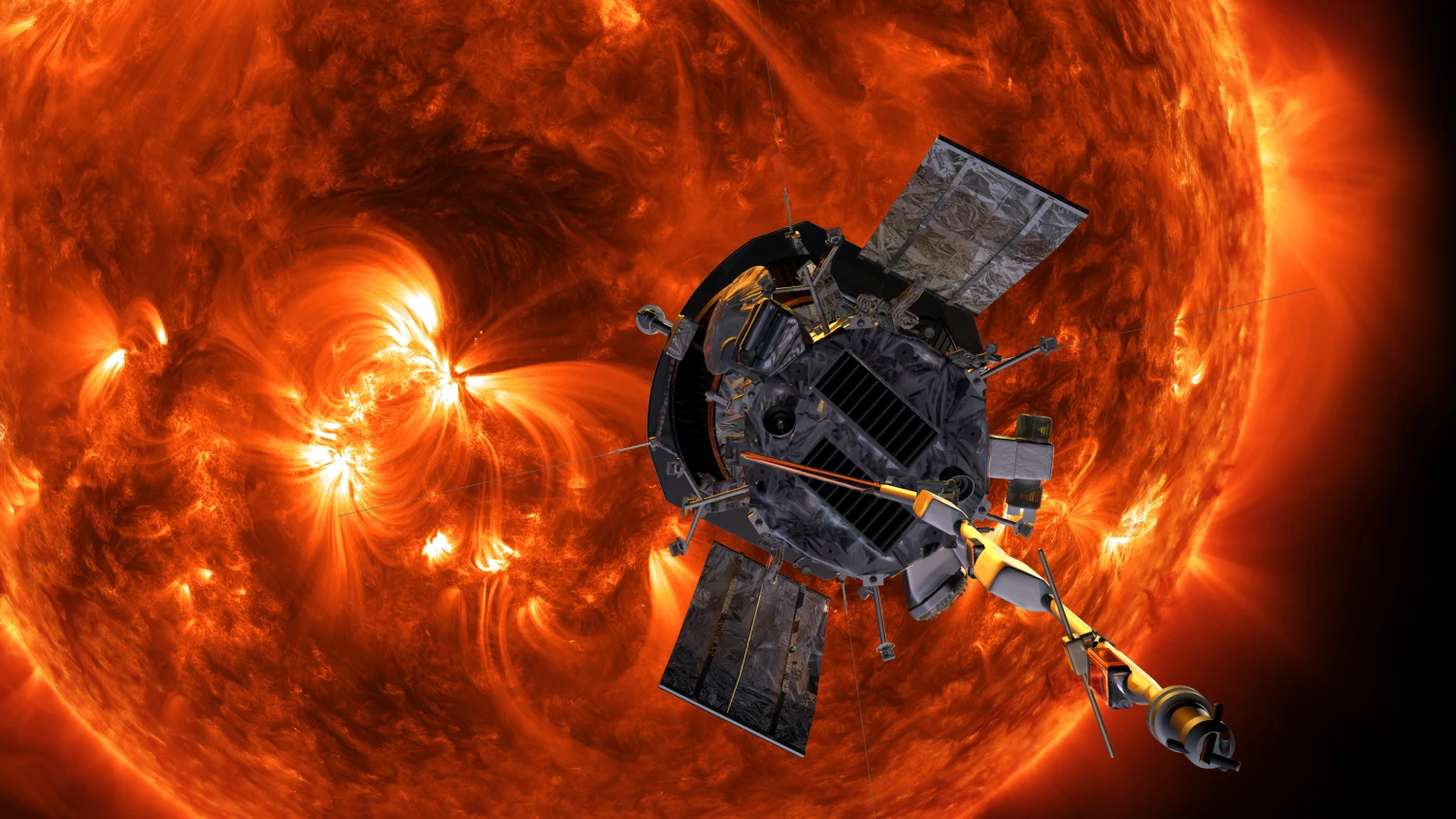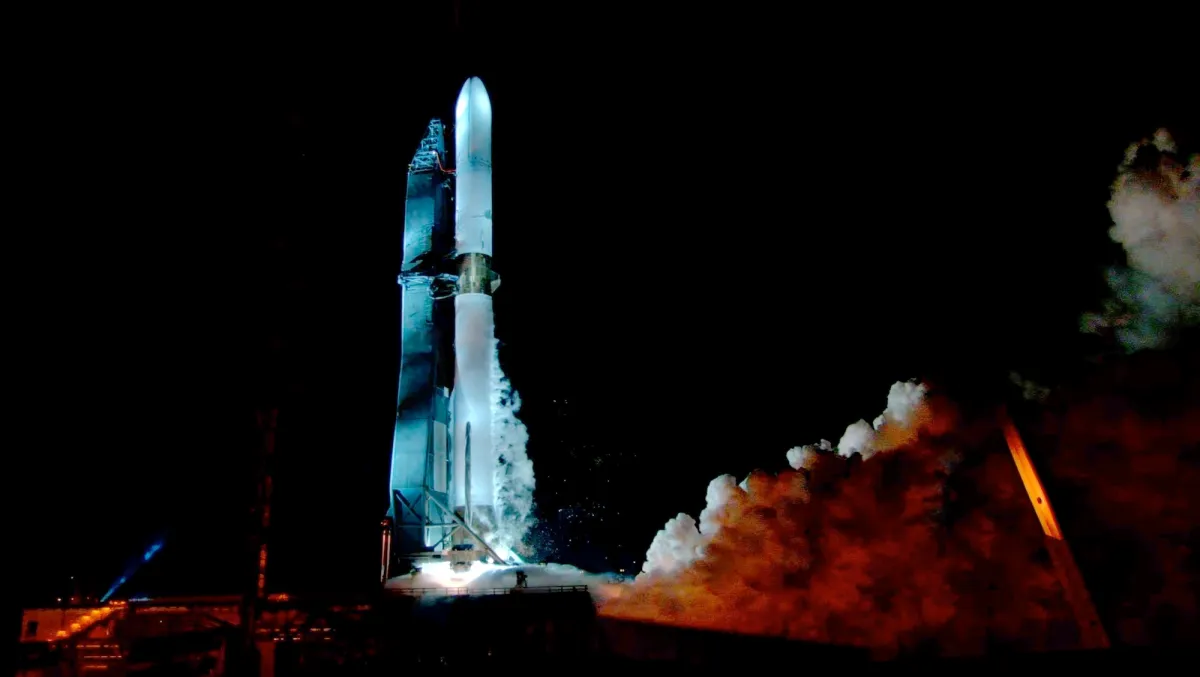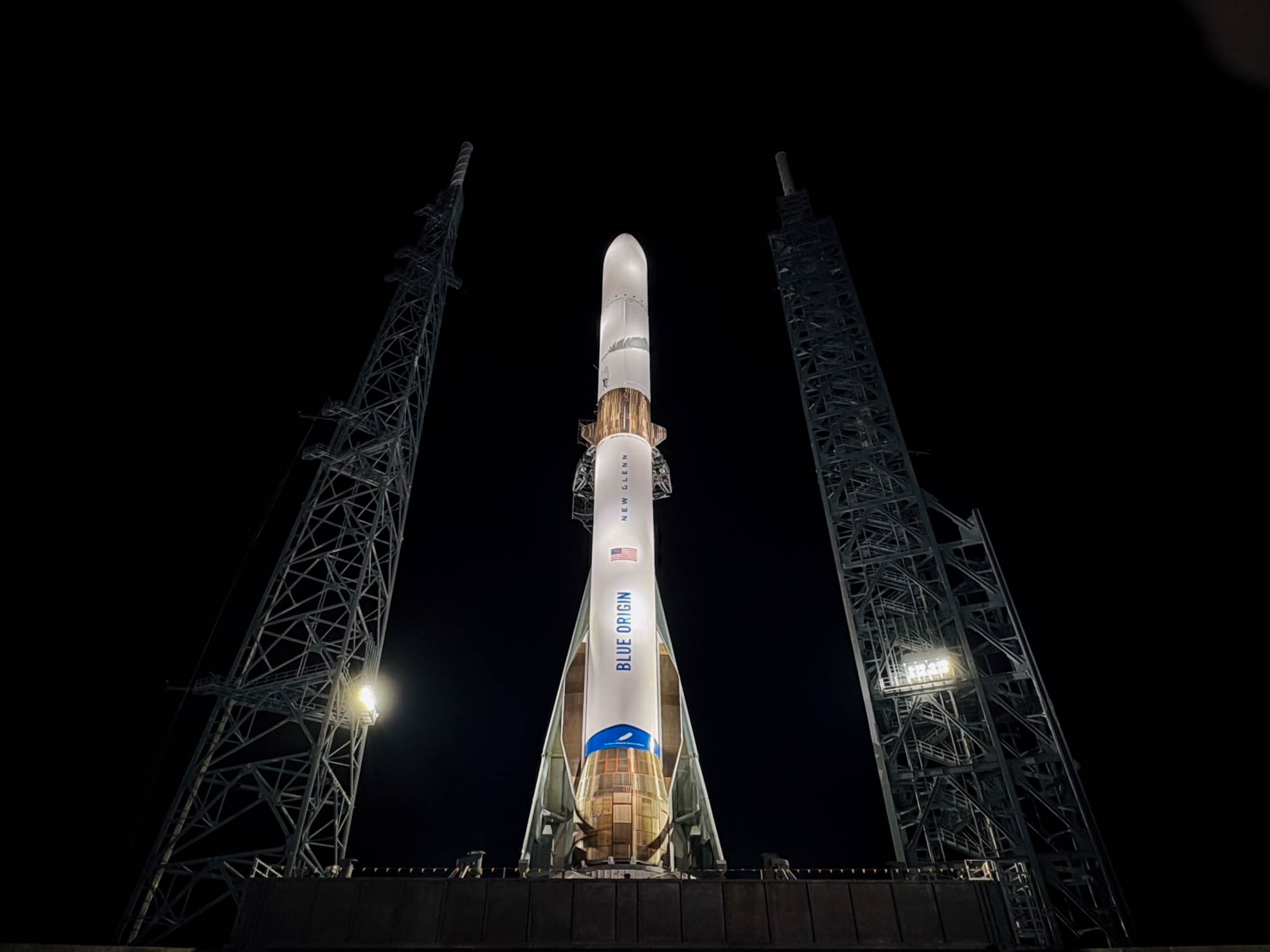NASA’s Parker Solar Probe Breaks Records
NASA’s Parker Solar Probe achieved an unprecedented feat, approaching the Sun to within 6.1 million kilometers—ten times closer than Mercury’s orbit. This proximity shattered previous records, as did the spacecraft’s peak velocity of 690,000 km/h, making it the fastest human-made object. To reach this speed, Parker used Venus’s gravity four times for incremental boosts.
Awaiting Critical Updates
During its close approach, communication with the probe was impossible due to the Sun’s intense heat and radiation. Scientists eagerly await a signal on December 27 to confirm the probe’s survival. If successful, Parker will transmit images in early January and detailed scientific data by the end of the month, according to Noor Ravafi, the mission’s principal investigator.
Parker Solar Probe: Revolutionary Solar Research
Launched in 2018, Parker’s mission is to explore key solar mysteries, including the corona’s anomalously high temperatures and the mechanisms accelerating charged particles to near-light speeds. Already, the probe has captured rare images of comets and conducted studies of Venus’s surface.
Cutting-Edge Technology and Expectations
Equipped with an 11.4-centimeter heat shield, Parker endures temperatures up to 1371°C, maintaining internal instruments at a manageable 982°C. Elizabeth Congdon, the thermal protection systems engineer, expressed confidence in the shield’s performance.
Parker’s findings are expected to illuminate solar phenomena such as flare activity and turbulence, potentially affecting Earth’s auroras, communication systems, and satellites. Observations by the probe’s WISPR instrument, led by Nicolin Viall, may redefine our understanding of solar dynamics.
By venturing into uncharted territory, Parker Solar Probe is paving the way for groundbreaking insights into the Sun’s behavior and its far-reaching effects.






